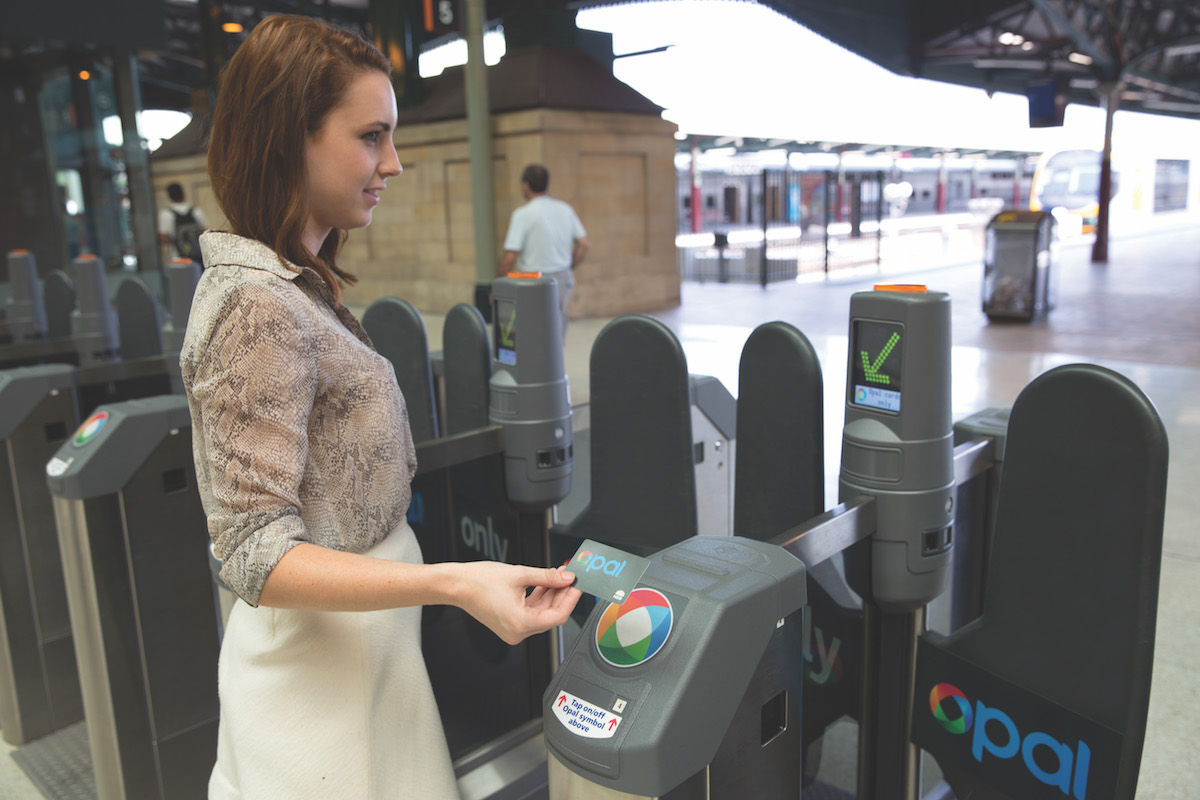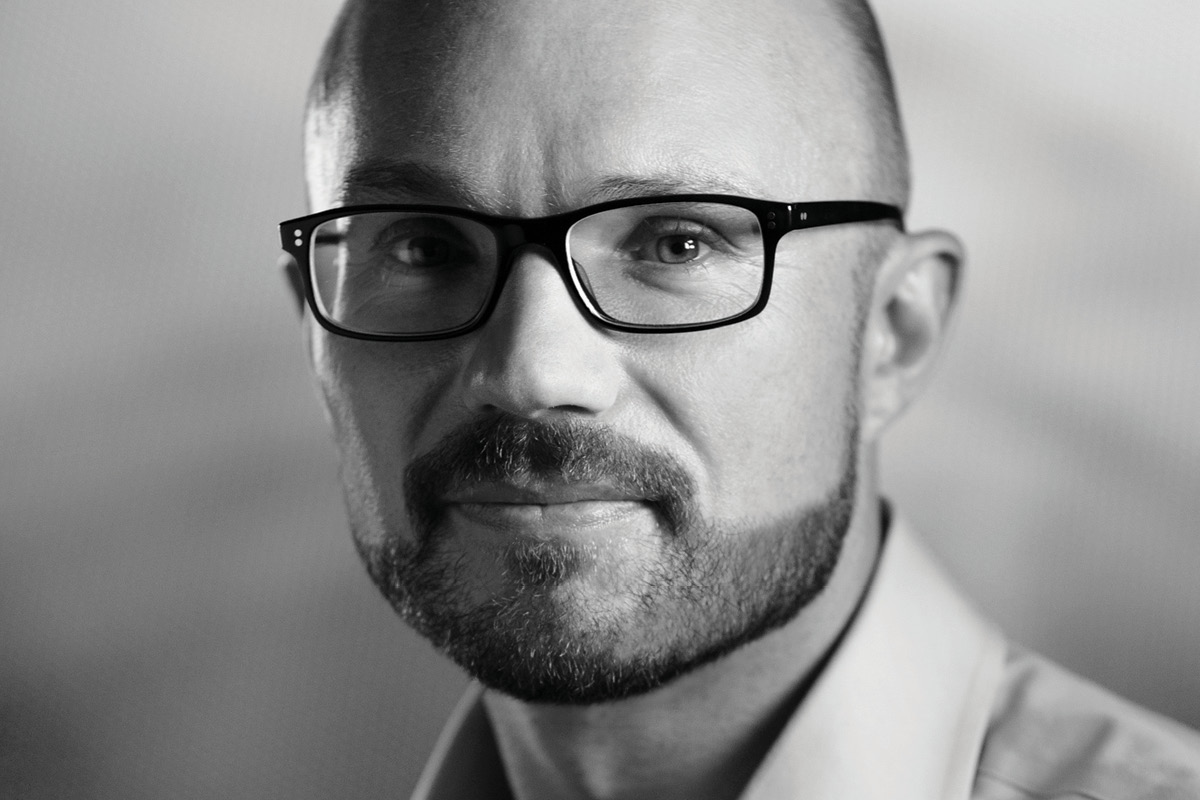According to Matt Cole, Cubic Transportation Systems (CTS) President and Cubic Corporation Senior Vice-President, “innovation doesn’t hinge on a moment of inspiration”.
He points to the utility of strengthening pre-existing systems to deliver the next-generation transportation services required by cities around the world. This same practical mentality is evidenced in Matt’s approach to his career, with hard work and dedication having underpinned a steady advancement and realisation of goals.
A chartered certified accountant, Matt spent the early part of his working life in finance roles, gaining experience across a range of sectors. He originally commenced with CTS as an accountant and was appointed European Head of Finance soon after. He then went on to hold a range of roles within the company, spanning three different continents – Europe, Australia, and North America.
In 2011, Matt took on the role of Deputy and Executive Vice-President for Worldwide Strategy and Business Development at CTS’s head office in San Diego, and in 2015 he was appointed to his current role: President of CTS and Senior Vice-President of its parent company, Cubic Corporation.
Cubic Transportation Systems has an impact on millions
Matt tells The CEO Magazine that it’s an exciting time to be involved in the transportation sector, noting that CTS’s technology affects “upwards of 40 million people every day”. Technology innovation at a broader level is leading to an evolution of the industry, and he explains that CTS tackles “complex operational problems that are critical to the future health of our cities and the economic vitality of our countries”.
He says, “We are seeing innovation in every aspect, from headline-making technology such as autonomous cars to the structural revolution that is Mobility as a Service [MaaS]. We are at a fascinating intersection between technology and service provision that touches most lives every single day.”

New technologies are bringing about fundamental changes to service models, and Matt points out the need to effectively harness these advancements to deliver improvements on a broader scale. From data analytics to biometrics, the applications for the transport sector are multifold; however, a variety of challenges, from integration to implementation and administration, need to be navigated.
Matt Cole puts the focus on next-gen tech
Matt primarily stresses the need for the provision of data-driven services, which he states deliver the biggest potential for change, and explains that CTS has been implementing a “data-led service” in all of its new developments. “The use of information is the most effective way of tackling congestion, and a single account for travel is imperative for this,” he states.
“It gives us the means to connect with travellers and to show them the state of the network in real time, so that we can incentivise decisions that are best for the individual as well as the whole network. This will encourage people to evaluate whether travelling later or by a less popular mode is an option, and will lead to organic load distribution across the network.”
Matt has played a pivotal role in CTS’s delivery of next-generation transportation services, having overseen the development and execution of the company’s NextCity vision, which is focused on the core principles of delivering an integrated customer experience with one account, integrated operations and analytics. He describes NextCity, created during his time in Australia and launched in 2011, as CTS’s strategy for the future of transportation.
“Disruption is already coming to every mode of transportation separately, as each one tackles congestion,” he comments. “CTS aims to unlock this compartmental outlook by providing enabling technology and services that will allow cities and regional governments to unite transportation under one system.
“As we see the first smart cities come into being, we will no doubt take a lot of pride in the work that we have undertaken to deliver multimodal integration, especially with our one-account system, which provides travellers a single payment account to pay for all transportation services in a city.”
Intelligent transportation
Matt explains that NextCity is aligned to the MaaS framework, which is changing the way consumers access transportation services, moving towards the provision of personalised transport services. He states that his agenda is to accelerate the industry’s evolution by embracing technology and new service models.
“Intelligent transportation systems are by nature disruptive, and they are changing the concept of what travel is,” he observes. “We are removing impediments and learning to use the entirety of the transportation networks at our disposal. This is the kind of positive disruption I’m very pleased to be associated with, as we are making better use of the infrastructure that we have in place.
“The future of transportation is about minimising waste. We have congestion at peak times and extra capacity during off-peak times, and congestion varies depending on the mode that we look at. The future of our cities is to disrupt this intersection of competing influences on the transportation networks.”
“Strategic partnerships are critical”
Matt stresses that the challenges faced by rapidly growing cities around the world “need to be addressed immediately,” and he points to the value of utilising the systems currently already in situ to deliver next-generation transportation services.
“Often there is as much value in repurposing existing systems or processes as there is in replacing them,” he observes. “By bolstering existing systems with additional capabilities, we can bring about the necessary innovations more quickly and cost efficiently than pushing for an overhaul.”
In building the smart city of the future, Matt also notes, “strategic partnerships are critical”, and states that the pace of market development will largely be dictated by how quickly various organisations move to work together. While he points to the value of competition in driving concepts such as NextCity or MaaS, he also notes that it is unrealistic for either CTS or its competitors “to think that we are going to have all of our solutions in one place and to ‘own the cities’ ”.

Cubic is future-facing and constantly driving to develop the next disruptive technology.
Transportation providers stand to gain a lot from intelligent systems, “but from a user-experience side, the fragmentation of service providers is off-putting – no-one wants to rely on four or five different apps across their morning commute,” he says.
“The reality will be that this will require the supplier base to partner with each other and to integrate more. I think it will take some time for the marketplace to realise that there’s enough benefit for all stakeholders.”
A challenging but rewarding role
Matt states that while his work is often challenging, it’s also highly rewarding. He explains that “being part of a global business means travel, calls at strange hours, and relocations”. In a two-year period, he moved his family from Sydney to Brisbane and then to San Diego, and he has held positions that have frequently required him to be in the UK, Australia and America.
He explains that this is the nature of the industry, and that due to the long life cycle of CTS’s services, the opportunity to win a contract in a new city may only come about every decade or two, in turn making those bids high-stake affairs.
“A great example of this is when I moved to Sydney to lead the bid for the system that has now become Opal,” he recalls. “The bid process was a gruelling year of working six or seven days a week, and at times 12 to 16 hours a day. It was a must-win opportunity, and the pressure created by the workload, together with the need for a result, was immense. The challenge was to take that on, and to have the team and myself focus on what needed to get done.”
Providing a healthy work environment
Matt – who spends up to 50% of his time on the road, dividing the hours between customers, employees and shareholders – describes his approach as being “involved”. He says that as the president of the business, he is very much aware of the difference he can make as a leader.
He admits that while he doesn’t always take his own advice, he encourages employees to take time to reflect upon and refresh from high-stress periods.
“Cubic is future-facing and constantly driving to develop the next disruptive technology,” he states. “It really is no mean feat to come up with solutions on such a large scale and, with nearly 3,000 employees, I put a lot of weight behind making sure that we provide a healthy work environment.
“At Cubic, we encourage our teams to share feedback as often as possible, and I believe that every member of staff deserves to feel empowered and appreciated in the work that they do. Our employees are incredibly talented and from diverse backgrounds, and I expect each employee to feel that Cubic not only supports them but is also supported by them.”


This is why I have such a desire to work for Cubic, exciting, engaging, and forward thinking. Excellent leadership is crucial for seeing great results!